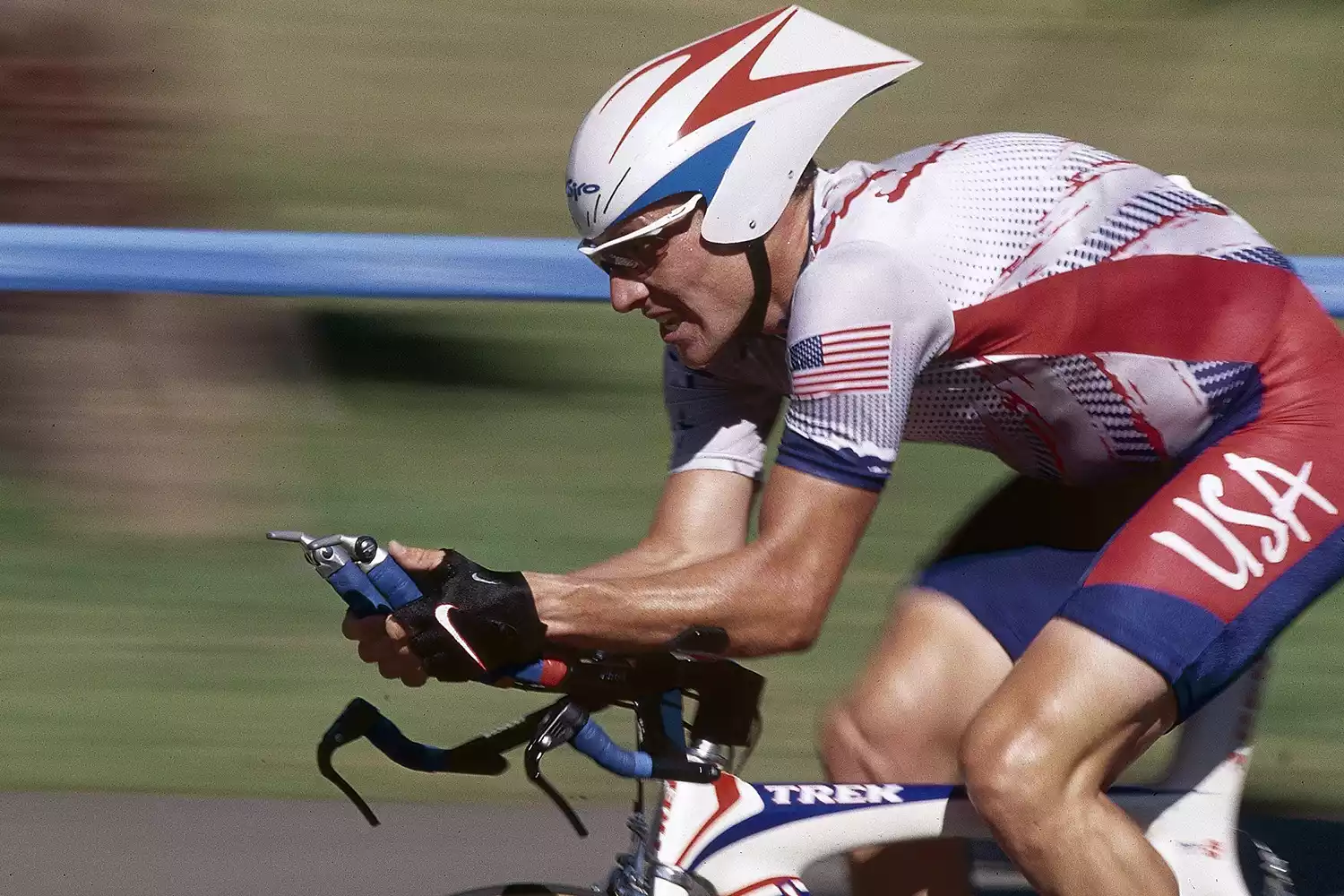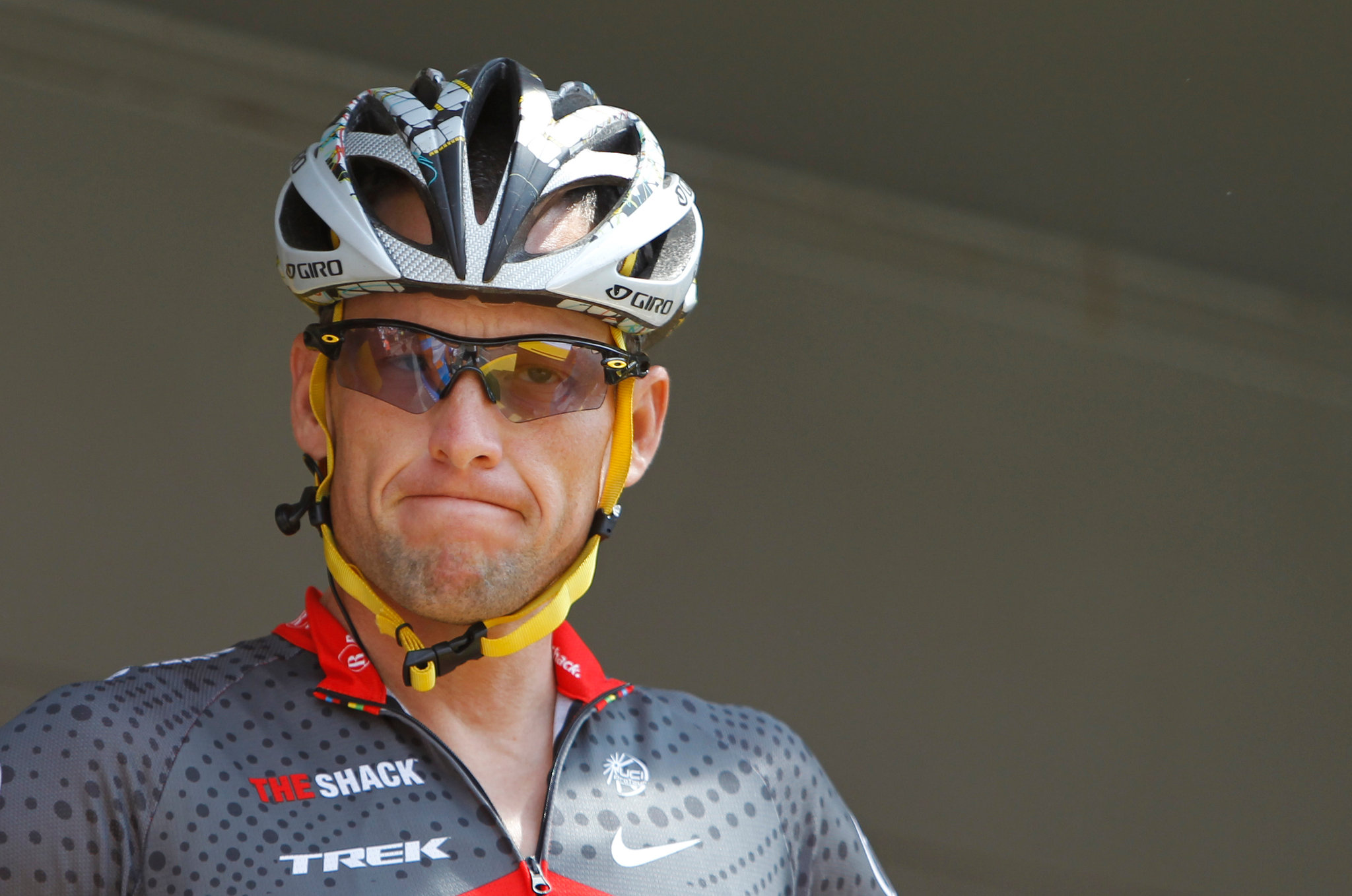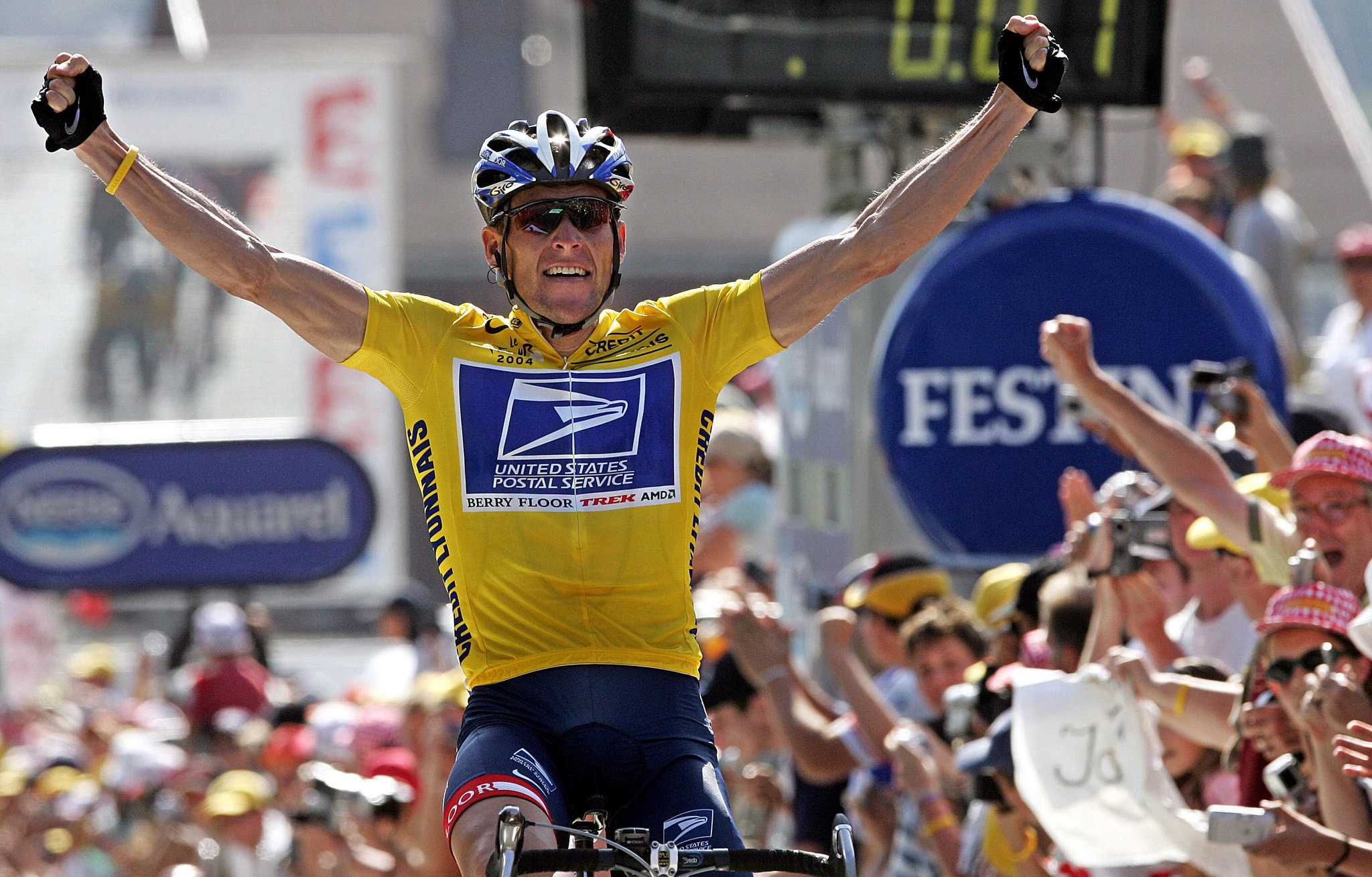Lance Armstrong, a name synonymous with both athletic triumph and controversy, is a figure whose life story is defined by an extraordinary rise to fame, a near-miraculous recovery from cancer, and a stunning fall from grace due to one of the most infamous doping scandals in sports history.
Armstrong’s career reflects both the heights of success and the depths of scandal, making him one of the most complex figures in modern sports.
Born on September 18, 1971, in Plano, Texas, Lance Armstrong’s early years were marked by an enthusiasm for sports. He started out as a competitive swimmer before switching to cycling in his teenage years.
By the time he was in his twenties, Armstrong was already a promising talent in the cycling world. His breakthrough came in 1993 when he turned professional and began to gain attention for his potential in the grueling sport of road racing.
In 1996, however, Armstrong’s career and life would take a dramatic turn when he was diagnosed with testicular cancer. The disease had spread to his brain and lungs, and doctors gave him little hope for survival.
But Armstrong’s tenacity and will to live propelled him through a brutal battle with cancer. He underwent surgery and extensive chemotherapy, and after a year of treatment, Armstrong was declared cancer-free.
Armstrong’s victory over cancer was the catalyst for his return to cycling. In 1998, he made a stunning comeback to professional racing. His recovery from such a severe illness was remarkable, but what followed was even more extraordinary.

Armstrong’s victory streak was not without controversy
Armstrong dominated the Tour de France, the most prestigious and challenging race in professional cycling, winning it seven times consecutively from 1999 to 2005. His success in the race was unprecedented, and he became a global icon, known for his physical prowess and unrelenting focus.
Rumors of doping had circulated in the cycling community for years, with many suggesting that Armstrong’s success was aided by performance-enhancing drugs.
Armstrong repeatedly denied any allegations of doping, maintaining that his achievements were the result of hard work, talent, and sheer determination. He was seen as a hero by millions, not just for his sporting accomplishments, but for his inspirational story of overcoming cancer.
In 2012, however, the truth came to light. After years of investigation, the United States Anti-Doping Agency (USADA) revealed that Armstrong had been part of an extensive doping program throughout his career, particularly during his Tour de France victories.
Armstrong was accused of using a range of banned substances, including EPO (erythropoietin), testosterone, and blood transfusions, to enhance his performance. The evidence was damning, with testimonies from former teammates and detailed records of his doping regimen. In response to these allegations, Armstrong denied any wrongdoing, but eventually, the pressure became too much.
In a stunning move, Armstrong was stripped of his seven Tour de France titles and banned from competitive cycling for life. The decision was a devastating blow to his legacy, and Armstrong’s once-admired reputation as a cancer survivor and cycling champion was forever tarnished.

Despite the ban, Armstrong’s story did not end there
The scandal sent shockwaves through the sports world and prompted widespread debate about doping in professional cycling. Armstrong’s fall from grace was seen as one of the most significant scandals in sports history, with the public feeling betrayed by his deceit.
In 2013, he sat down for an interview with Oprah Winfrey, where he admitted to using performance-enhancing drugs during his career.
His confession was a pivotal moment in the saga, as it marked the first time he publicly acknowledged his involvement in doping. Armstrong’s apology was met with mixed reactions. Some saw it as a long-overdue admission of guilt, while others felt that his remorse was insincere.
Following the interview, Armstrong faced further consequences. He was forced to pay back millions of dollars in sponsorship money, and several of his corporate sponsors severed ties with him.
His charitable foundation, the Livestrong Foundation, which had raised millions of dollars for cancer research, was also negatively affected by the scandal. Despite these challenges, Armstrong has attempted to rebuild his life and his reputation in the years since his admission. He has continued to be involved in the cancer community, and some of his supporters maintain that his story remains one of triumph in the face of adversity.
Armstrong’s story serves as a cautionary tale about the dangers of doping in sports and the lengths to which some athletes will go to maintain their competitive edge. It also raises important questions about the ethics of performance enhancement and the responsibility of athletes to serve as role models.
Armstrong’s case has had a lasting impact on the sport of cycling and has led to changes in anti-doping regulations and enforcement. Many believe that his fall from grace was a pivotal moment in the ongoing fight against doping in sports.

The shadow of his past continues to loom over him
In the years since the scandal, Armstrong has tried to rebuild his life in various ways, including hosting a podcast and engaging in public speaking.
The doping scandal will forever taint his achievements in cycling, and his legacy remains one of the most debated in sports history. Armstrong’s rise to fame, his battle with cancer, his domination of cycling, and his dramatic fall from grace are all elements of a story that is as complex as it is unforgettable.
Lance Armstrong’s journey through triumph and scandal serves as a reminder that the world of professional sports is not just about raw talent and hard work, but also about the choices athletes make along the way.
For Armstrong, his career will always be defined by both his stunning accomplishments and his equally stunning downfall. His story is one of both inspiration and caution, a tale of a man who achieved greatness and lost it all due to the consequences of his actions.


